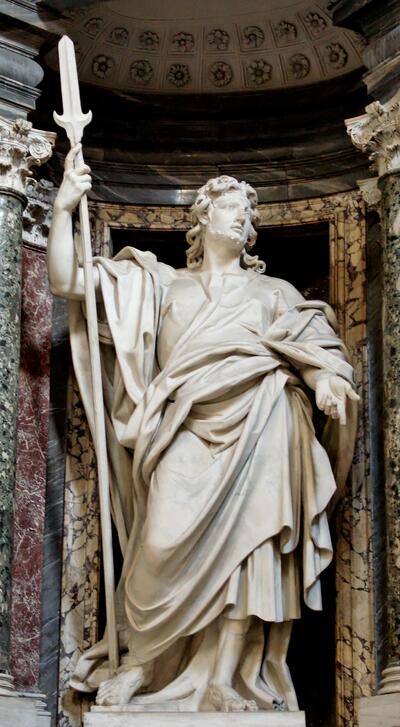"I came from St. Jude"
St. Jude Story: Dr. Arthur Lawrence
“I came from St. Jude.” That is how Dr. Arthur Lawrence, Rear Admiral and retired US Assistant Surgeon General, understands himself. His parents had been trying to have a child, but his mother miscarried several times. His mother’s physician said a healthy pregnancy and child would probably never happen. Unwilling to accept this, she spoke with a priest at St. Joseph’s Cathedral in Manchester, NH, who suggested praying a novena to St. Jude, intercessor for lost causes. However, no St. Jude Shrine existed in New Hampshire.
Somehow (no one in the family recalls), she discovered the Dominican Shrine of St. Jude Thaddeus in Chicago. The entire family prayed several novenas and, one year later, Arthur was born, healthy and normal. Despite many more attempts by his parents to build a larger family, he remained an only child. His mother’s physician recommended that she stop trying due to serious health risks. Arthur’s family took to calling him the one and only “child of the lost cause,” which he still embraces. He believes, as did his family, that his life is a gift from St. Jude’s intercession.
In elementary school, Dr. Lawrence’s mother showed him a thank-you note from the Shrine dated June 1946. That devotion which brought him into existence continued throughout her life. She wore a necklace of St. Jude until she passed away and kept a hand-painted garden statute of St. Jude. The thank-you note from the Shrine surfaced again when she passed away. Dr. Lawrence still holds onto the statue as a reminder of where he came from.
Dr. Lawrence’s own devotion to St. Jude was dormant for decades, however, lost in the fog of academic studies and work. In 1987, he was reassigned to the US Public Health Service Headquarters in Washington. He was searching for Catholic educational opportunities when fellow Catholic staff members encouraged him to go to the noontime Mass at St. Dominic’s just a few streets away because “there were great homilists there.” He walked over on a hot August day and discovered a beautiful, traditional Church. He felt like he was home again; it reminded him of the Churches where he had served as an altar boy. To his surprise, in an alcove to the left, he saw a statue of St. Jude almost identical in design and presentation to his mother’s statue. Even the colors were the same.
Arthur began attending weekday Mass there and developed a close relationship with the Dominicans. Since 1852, the Church has been overseen and staffed as an arm of the attached St. Dominic’s Priory. The pastor’s homilies were outstanding at integrating faith and life. He and his wife enrolled together at the Dominican House of Studies, enjoying classes on Mariology and the philosophical and theological thought of St. Thomas Aquinas. They began looking for ways to give back. Arthur and his wife Mary Ann jointly decided to reengage with his mother’s devotion to St. Jude. They have been regular supporters and donors to the Dominican Shrine of St. Jude Thaddeus since the early 1990s. His deep and continuing appreciation both for St. Jude and the work Dominicans do preaching the Gospel keeps him connected.
In more recent years, Dr. Lawrence began watching Word of Hope for insights from what he calls the “OPs” (Dominicans are officially the Order of Preachers) on interpreting Scripture in ways that can be activated in daily life. According to Dr. Lawrence:
The average person doesn’t think of these things that are addressed in the Word on a day-to-day basis. It helps when someone gives a sharp elbow as to how to incorporate something spiritual while doing something secular, routine, commonplace. It all has to do with attitude and knowing the faith. The way that OPs operate is almost like giving an owner’s manual to someone who just bought a new car. It gives you guidance on what to do, what is it for, what the risks are, maintenance requirements, right down the line. The OPs take pieces of scripture and identify what you can do with it to build something up rather than tear it down.
Dr. Lawrence’s experiences reveal the beautiful intricacies of God’s providence. Both St. Jude and the Dominicans are woven throughout the whole of his life in improbable ways. Yet his story is not unique--it seems that everyone devoted to St. Jude has some story of the impossible, inexplicable goodness of God. Those blessings often come after years of struggles and distractions. Our devotion may lie dormant for a while. But St. Jude is ready and waiting to help another “child of the lost cause.”
St. Jude Thaddeus, pray for us and all who seek thy intercession.


